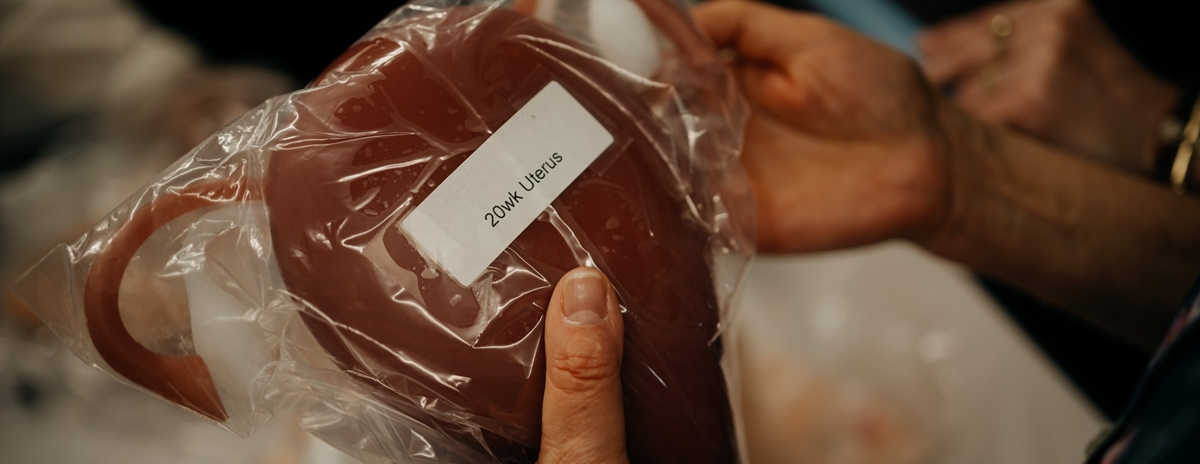Tilted Uterus
The uterus is the female reproductive organ placed in the pelvis. It resembles a pear in shape and is normally in a straight vertical position. If the uterus changes position and is tipped backward this condition is called a tilted uterus.
Tilted uterus develops due to a variety of reasons. For example, during a woman's maturation, the uterus may not move to a forward position. Furthermore, a tilted uterus may be a consequence of childbirth. The presence of scars and adhesions in the pelvis can pull the uterus backward.

Symptoms of Tilted Uterus
Women most commonly are not even aware of the abnormal position of their uterus. Still, some women who are suffering from a tilted uterus may complain about painful intercourse or intensive pain during menstrual bleeding. Rarely tilted uterus can cause minor incontinence, infections of the urinary tract, and problems with fertility. And, some women may have difficulties with the insertion of tampons.
Diagnosis of Tilted Uterus
This medical condition can be easily diagnosed by a simple gynecological examination. In many women, tilted uterus is found during a routine pelvic exam. The diagnosis can be confirmed by pelvic ultrasonography.
Conventional Treatment for Tilted Uterus
In most cases the treatment is not necessary since the condition does not feature any symptoms or signs. Still, in women who are experiencing certain difficulties related to this medical condition, there are several treatment modalities.
In some cases tilted uterus develops as a consequence of some underlying conditions. If these medical conditions can be treated with hormones, these medications are prescribed. For example, in endometriosis, the women are given hormonal therapy and this may be helpful with a tilted uterus.
Conventional treatment also includes exercises. They may be efficient in the case the tilted uterus is not caused by endometriosis or fibroids and if the doctor can manually change the position of the uterus.
Pessary is a device made of silicone or plastic. Its role is to support the uterus in a forward lean. A pessary can be placed and stay temporarily or permanently.
Surgery for Tilted Uterus
The goal of the surgery for a tilted uterus is repositioning the uterus. It is performed laparoscopically and the results are excellent. In rather rare cases the surgeon performs a hysterectomy or total removal of the uterus.
Today most surgeons perform the UPLIFT procedure. It provides a uterine suspension and carries less risk of postoperative complications compared to other uterine suspension procedures.
The surgery helps the patients and eliminates the pain during sexual intercourse and can even help with the pain during menstrual bleeding.
- Sixty-three women who had undergone laparoscopic ventrosuspension for treatment of pain syndromes during 1995 through 2008 were included into this research.
- There were no adverse events except for 2 repeat operations within 3 postoperative days.
- Forty-nine women (77.8%) answered the questionnaire about long-term outcome, and in these patients, significant pain relief was achieved (p <.001>
- Pain levels decreased, based on a numeric rating scale, from a mean (SD) of 6.35 (1.92) to 0.97 (1.40) in patients without endometriosis, and from 6.93 (2.09) to 3.80 (2.08) in those with endometriosis. Of 34 patients without endometriosis, 1 (2.9%) stated that the operation had not led to symptom relief, compared with 4 of 15 (26.7%) with endometriosis (p = .03).
















Your thoughts on this
Loading...